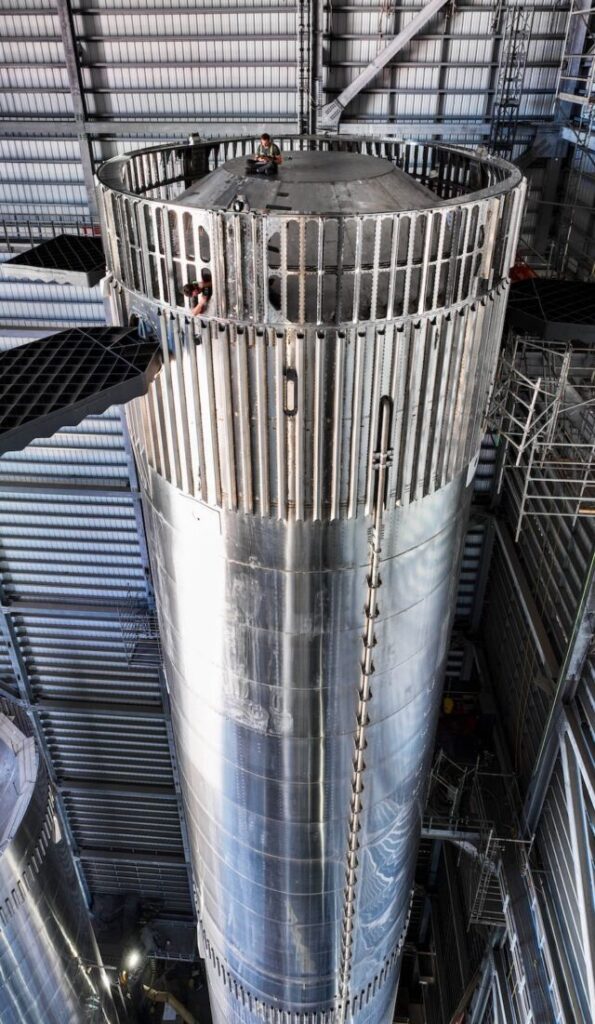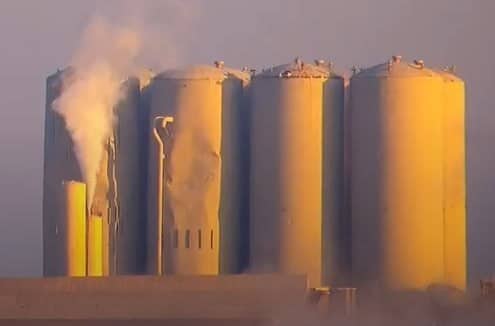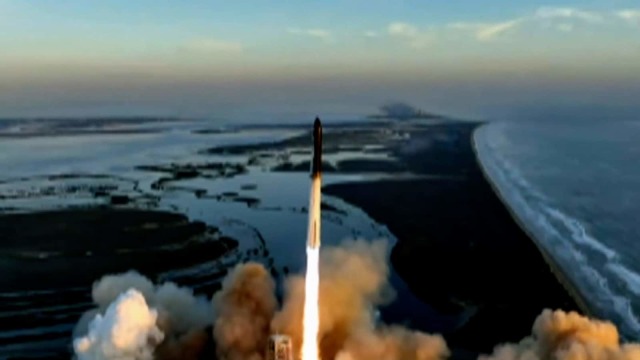Formally, the second stage of Starship even got into space — however, it exploded almost immediately after that. The key task of the launch was considered to be the successful separation of the first and second stages, since it was carried out at the expense of the "royal" principle, which was not used on modern American missiles before Elon Musk. Despite the fact that this task was completed, soon after the separation, first the first and then the second stage was lost.
The first attempt to launch Starship in the spring of 2023 was accompanied by the undermining of both stages and their destruction in the dense layers of the atmosphere. Then a hail of concrete debris showered the area for kilometers around. After that, the cosmodrome needed restoration work. After all this, the conservative-minded Federal Aviation Administration of the United States (FAA) with great delays issued SpaceX permission for repeated tests. Although the company was ready to hold them in the summer, they gave her to do it only at the very end of autumn.
This time the take-off was fundamentally different. Firstly, a steel plate under the "Mahazilla", a mechanized tower for the Starship launch, together with a powerful noise reduction and cooling system for the take-off platform, made it possible to almost completely avoid flying any debris. The tanks for rocket fuel components next to the rocket bent again, but this was the result of the impact of the shock wave from expanding gases and water vapor, and not the result of the impacts of large debris.
The explosion of the second stage occurred above the 100-kilometer line, considered the lower boundary of space (probably the upper point of the trajectory was above 140 kilometers). That is, formally, on November 18, 2023, the first Starship space flight took place. Only very short / © YouTube
Secondly, this time the separation of the steps took place, at least externally, quite normally and on time (about 3 minutes after the start). This is quite a serious achievement, because unlike the last time Starship used hot stage separation. This decision is well known to our readers, because this is how the R-7 family of missiles fly, starting with Korolev.
Hot separation allows you to significantly raise the payload of the rocket — up to 10 percent in the case of Starship, according to SpaceX estimates. But it adds technical difficulties to the developers: with it, the flare of the second-stage engines acts directly on the upper part of the first stage. Naturally, this is a very powerful impact, which, if nothing was done, would lead to destruction. Therefore, to reduce such thermal effects, the top of the lower stage is covered with a profiled gas-reflecting screen. And between the stages, either a lattice or a slit interstage adapter is installed — through it, gases from rocket engines of the second stage go to the sides, preventing overheating and too high pressures for the first stage.
 |
| An adapter between two stages during Starship assembly. It is clearly seen that the distance from the bottom of the second stage to the top of the first stage here will be quite small. This creates certain risks at the moment of separation. |
| Source: SpaceX |
Despite the great complexity of this decision, Elon Musk went exactly this way. This is the second decision in which he is closer to the other modern players to the ideas of Korolev. The first was the transition to supercooled rocket fuel components (that is, cooled significantly below the boiling point). For the first time, such a scheme was used by Korolev, but modern designers do not use it for new missiles created in Russia.
Judging by the second flight of Starship, SpaceX at least partially managed to implement this very difficult scheme. "At least partially" because the explosion of the first stage (SuperHeavy) shortly after separation (~3.36 after takeoff in the video above) is with some probability just a consequence of overheating and/or deformations of its top due to hot separation. An alternative to what happened could be its destruction as a result of abnormal operation of the engines (first stage). But the probability of this event still looks less — by the time of the explosion of the first stage, its engines should no longer have been running at high power.
 |
| The fuel tanks next to the launch pad were dented again, though this time not with concrete fragments. a shock wave. |
| Source: SpaceX |
A more complicated question is the reason for the loss of the second stage, Starship (of the same name with the system as a whole). It is possible that the incandescent gases at the time of hot separation were discharged from the adapter between the two stages insufficiently efficiently, and as a result it damaged the second stage. As a result, a short time after the explosion of the first stage, communication with the second was lost. This triggered the self-destruction system, which is necessary just for cases when an object in space flight is not controlled, and there is a risk of its falling to where it can harm people.
Despite the fact that the hot separation did not work perfectly, apparently, the second launch looks much better than the first. At the first stage, all 33 engines were working, that is, there was no destruction due to the impact on each other. Given the high loads on them, this is a great success.
The most likely cause of the rocket's fall means that improvements to the adapter between the stages are needed, which, in the conditions of SpaceX, will most likely take only a few weeks. However, obtaining a license from the American state apparatus may be significantly more difficult to solve technical problems of this kind. Therefore, it is unlikely that a new test flight will take place before 2024. If the reasons for the loss of both stages will be difficult to establish, this may further increase the time until the third test flight.

